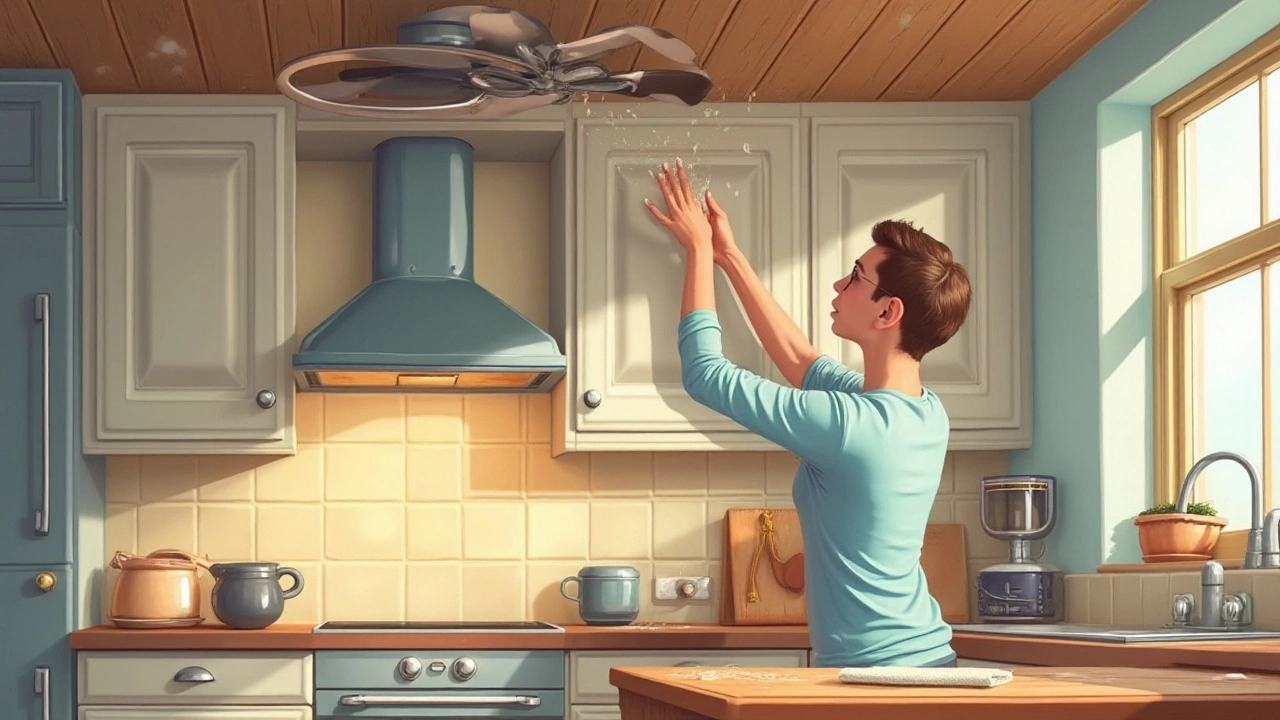Fan Maintenance: Simple Steps to Keep Your Fans Working
Fans are the unsung heroes of a comfortable home. They keep rooms cool, move moist air out of the bathroom, and stop dust from settling. When a fan starts whining or stops altogether, most of us reach for the plug or call someone. But a lot of the problems can be fixed with a quick check or a little cleaning. Below are the basics you can do yourself, plus the signs that it’s time to get an expert.
Everyday Checks You Can Do
1. Turn it off and unplug. Safety first. Never work on a fan that’s still connected to power. Pull the plug or switch off the circuit breaker.
2. Dust the blades. Dust builds up on blades, motor housing and the grill. Use a soft brush or a vacuum with a brush attachment to clear the debris. A clean blade spins smoother and makes less noise.
3. Tighten loose screws. Vibrations can loosen the screws that hold the grill or the motor mount. A quick tighten with a screwdriver can stop rattling.
4. Lubricate moving parts. Some fans, especially ceiling fans, have oil ports. A few drops of light machine oil keep the bearings happy. Check the manual – not all fans need oil.
5. Test the switch and remote. Switches wear out. If the fan only works on a wall switch but not a remote, replace the remote batteries first. If both fail, the switch itself might need replacing.
6. Inspect the wiring. Look for frayed cords, cracked insulation or exposed wires. Any damaged wiring should be fixed by a qualified electrician – never try to repair it yourself.
7. Clean the motor vent. The motor needs airflow to stay cool. Use a can of compressed air to blow dust out of the vent holes.
When to Call a Professional
Even with the best DIY care, some issues need a trained eye. Call a pro if you notice any of these signs:
- Motor hums but the blades don’t turn – the motor may be burnt out.
- Smell of burning plastic – could be an overheating motor or wiring problem.
- Fan makes a grinding or grinding sound that cleaning doesn’t stop – bearings may be worn.
- Electrical spark or flickering lights when the fan runs – unsafe wiring.
- Ceiling fan wobbling after tightening screws – the mounting bracket may be loose or the fan is unbalanced.
In these cases, a professional can diagnose the exact fault, order the right replacement parts and make sure the repair meets safety standards. It’s worth paying for a fix rather than risking a fire or a bigger repair bill later.
Regular maintenance can extend the life of any fan by years. Set a reminder to dust and check your fans every three months. Keep a small kit of a screwdriver, brush, and light oil in a drawer – you’ll be ready for most minor issues.
If you’re in South Shields and want a quick, reliable fix, our local team can handle any fan repair, from ceiling fans to extractor fans in kitchens and bathrooms. We’ll come out, clean, tighten and test, or replace the faulty part if needed. Contact us for a same‑day appointment and keep your home breezy without the hassle.


